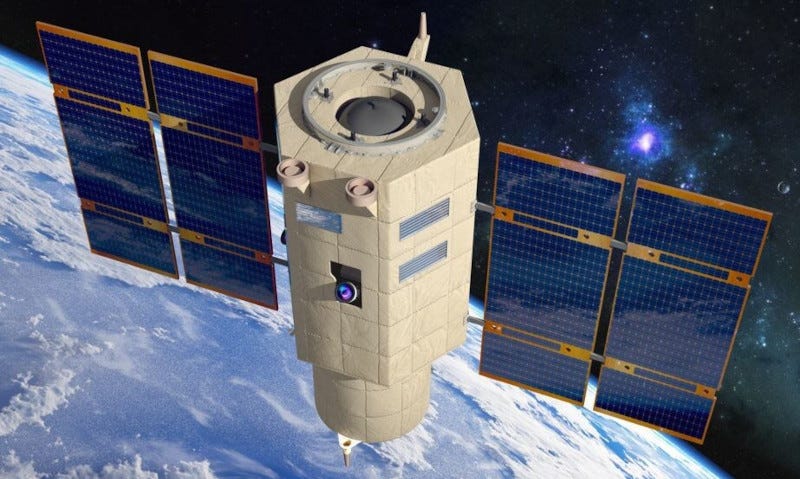JUPITER Camera Successfully Launched Aboard NAOS Satellite
Supports a Wide Span of Earth Observation Missions
The Elbit Systems advanced JUPITER space camera launched Tuesday aboard the National Advanced Optical System (NAOS) satellite, supporting a wide span of earth Observation missions, including military operations, environmental monitoring and scientific research. The NAOS satellite, manufactured by OHB Italia S.p.A., was launched from Vanden…
Keep reading with a 7-day free trial
Subscribe to The Journal of Space Commerce to keep reading this post and get 7 days of free access to the full post archives.



